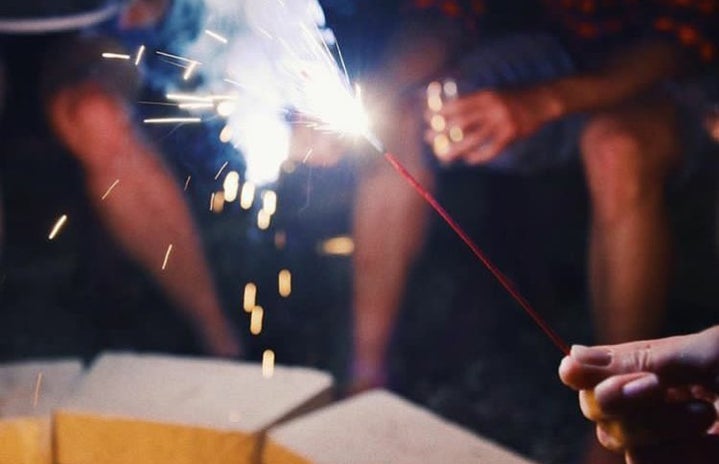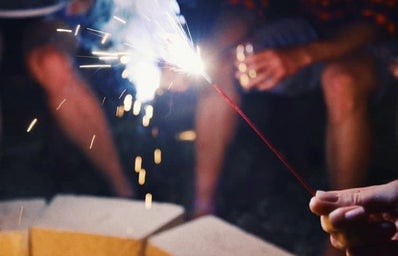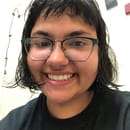Growing up in America with Iranian parents meant not only did I celebrate holidays like Christmas and Thanksgiving, but I also celebrated Iranian Holidays. Don’t get me wrong, I love Mariah Carey’s Christmas album as much as the next person, but Iranian holidays always make me feel magical.
My favorite holiday is, by far, the Iranian New Year. Just by thinking of the holiday, I can smell the sweets, the dinner, the decorations, and feel the giddiness that fills my house. Unlike an American New Year, we don’t celebrate at midnight; the time is different every year because we celebrate on the spring equinox. The equinox only happens twice a year! Once on the first day of spring, and again on the first day fall. On these special days, there is an equal amount of daytime and night time. The New Year celebrations last for 13 days, starting on the first day of spring.
Because it starts on the first day of Spring, we not only celebrate the new year but we celebrate the rebirth of life and nature. Outside our windows we see the grass slowly growing, the trees gradually getting more and more green, and we see animals coming out of their hibernation. It’s life changing to see the rebirth of everything after a long and cold winter. We honor the lives that have passed in the past year, remembering their legacies. We await the lives that will be started in the new year, and celebrate for those of us who have survived another.
In order to represent life in all its wonderful forms, we have a strict set of rules for decorations. At Christmas, people put up beautiful Christmas trees. In Iran, we have a sofreh haftseen, or the table of 7 things that start with “s”. For example, we have apples, or seeb, wheat/barley sprouts, or Sabzeh, wheat pudding, or Samanu, Persian olives, or senjed, garlic, or seer, and lastly, sumac, or somaq. These seven things all represent different parts of life. Seeb represents beauty, Sabzeh represents rebirth and growth, Samanu is the power of growth, Senjed is the power of love, Somaq is the symbol of sunrise, Serkeh is patience, and Seer is health and medicine. Just like how everyone’s Christmas tree is different, everyone has a different haftseen. On top of these 7 things, there are a variety of other elements of nature that someone’s haftseen may have. They could have coins, or Sekkeh, which represent prosperity. They could also have a clock, or a Saat, which of course represents time. All these elements put together truly describe what we all want from life.
On top of doing all of these things for the sofreh haftseen, people usually have a book of wisdom; my family has a book about wisdom written by a poet named Hafez. We usually make a wish quietly in our head and then my mom flips to a random page and reads the fortune or poem from that page. The picture below is how my family does our sofreh haftseen; they are usually in an area of the house where everyone can see it.
Unlike the American New Year, it’s not just about when the clock strikes midnight– it’s about celebrating all the different types of life around us. When it finally becomes another year of life, we all go around and hug and kiss and say happy new year; it’s all about family. For people living in Iran, they spend the next 12 days going around to everyone’s house to wish them a happy new year. When I say everyone’s, I mean every single family member, no matter how distant. While I was in Iran for New Year a couple of years ago, I went to my grandpa’s uncle’s house for the new year. That’s how far back in the family tree people go. Don’t get me wrong, I don’t think it’s a bad thing. I think it’s a great thing because no matter how busy life gets, we set aside 12 days to go and see everyone. This again shows how the Iranian New Year is a celebration of life.
On top of going to everyone’s house, we have two major parties. The first party happens on the last Tuesday of the old year, charshanbeh soori. We have a potluck outdoor either in the backyard, or more likely, in a park, and we surround ourselves with nature. This party usually takes place later in the day when it gets dark. When everyone has eaten their food, some people start multiple fires of different sizes in fire pits. As a way to get rid of the pains and despair of the year, everyone takes their turn jumping over the fire. The fire is supposed to burn everything that made the year terrible. We also wish for positive vibes in the new year. I love jumping over the fire; it’s always been a favorite of mine.
On the thirteenth day of new year, we have another celebration in the park to celebrate the ending of all the house jumping partying. We get together with all our family and friends to enjoy nature and each other for one last time. Just like winter break, children and adults alike have all thirteen days off so the last day is for really taking in the beauty of everything around before life gets busy again.
Overall, Iranian new year is the ultimate celebration of life and I cannot wait for the beauty of spring and the growing life around me.



